|
In September and October, Golden Hills had funding from The Gilchrist Foundation to continue our Prairie Seed Harvest project in the Loess Hills. We also have funding from Pottawattamie Conservation Foundation to do prairie seed harvest at Hitchcock Nature Center specifically. At each event, Project Coordinator Lance Brisbois provided a brief training on identifying species and ripe seed, then showed how to harvest the seed.
Events Summary:
Through these events, we engaged more than nearly 100 volunteers of all ages totaling approximately 187 volunteer hours, worth well over $5,000 of time that would have otherwise been incurred by local conservation agencies with limited time and budgets. The seed we harvested was combined with seed purchased from other sources to be used on prairie restoration projects totaling several hundred acres. All seed collected from state lands was donated to Iowa Department of Natural Resources staff per state regulations. Most seed collected from other areas was given back to local conservation agencies for their prairie restoration efforts. Golden Hills saved a small amount of seed (with written permission) from land owned by county conservation boards for native plant propagation in partnership with Iowa Western Community College. We will grow some of this seed in their greenhouse over the winter and host a native plant sale in spring 2022. Some of the seed has also been saved by Golden Hills to start a small native seed bank. This seed will be stored long-term and added to each year, with the intent of growing a seed bank of local ecotype native species. We thank all the volunteers who helped this year, and look forward to hosting more seed harvest events in 2022. Thank you to The Gilchrist Foundation and Pottawattamie Conservation Foundation for their financial support. As part of this year's Giving Tuesday (November 30), we have a goal of 40 donors and $4,000 to support our Prairie Seed Harvest project. Learn more and donate here.
0 Comments
The Iowa Tourism Economic Impact Report was recently released, and it shows that even through the pandemic, tourism has been a major contributor to the state's economy. "The results of this study show the scope of the travel sector in terms of direct visitor spending, as well as the total economic impacts, jobs, and fiscal (tax) impacts in the broader economy." Even with a 29% drop in 2020, tourists' direct contribution to Iowa's economy was $4.6 Billion. Because international travel was restricted and many people did not feel safe flying, more people chose to road trip closer to home. The pandemic also caused many people to choose more outdoorsy destinations and rural areas where they could easily distance, instead of more crowded cities and larger or indoor tourist attractions. In western Iowa, this has largely been beneficial since most of the communities are rural with abundant parks, trails, wildlife areas, and small towns & businesses. Tourism is especially impactful along Iowa's Scenic Byways. Loess Hills National Scenic Byway runs through the 7 Loess Hills counties from Plymouth to Fremont. Western Skies Scenic Byway, which crosses the region west-to-east from Harrison to Guthrie counties, is a popular alternate route to Interstate 80 between Omaha and Des Moines. Glacial Trail Scenic Byway is a short loop that runs through Buena Vista, Cherokee, Clay, and O'Brien counties in northwest Iowa along the Little Sioux River valley. Data for these Byway counties from the tourism report is summarized below. Note that Harrison County is included on both Loess Hills and Western Skies, as both byways run through the county.
Not all of the economic impacts are directly from Byway travelers only, but the counties are considered part of the Byway Corridors and thus the data include significant overlap. Golden Hills is proud to coordinate these three byways and all that they contribute to the region. Broken Kettle Grasslands, owned and managed by The Nature Conservancy (TNC) in Iowa, recently held their annual bison roundup. Partners and volunteers from throughout the region helped round the bison up to check the health of the animals, weight them, and vaccinate them before releasing them back onto the prairie. Bison were, for thousands of years, an integral component of prairie ecosystems. TNC reintroduced bison to help control invasive species and improve prairie habitat. Broken Kettle, north of Sioux City along Loess Hills National Scenic Byway in Plymouth County, includes the largest remnant prairie and largest roadless area in Iowa. This area is the only known site with a population of prairie rattlesnakes in the state. The bison at Broken Kettle came from Wind Cave National Park and are called genetically pure since they have no cattle ancestry like most other bison found in the country today. The herd totals more than 200 and they spend the rest of the year roaming approximately 1,900 of the preserve’s 3,000 acres. |
Archives
June 2024
Categories
All
|
Address712 South Highway Street
P.O. Box 189 Oakland, IA 51560 |
ContactPhone: 712-482-3029
General inquiries: [email protected] Visit our Staff Page for email addresses and office hours. |
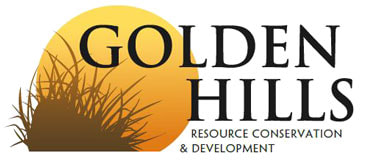
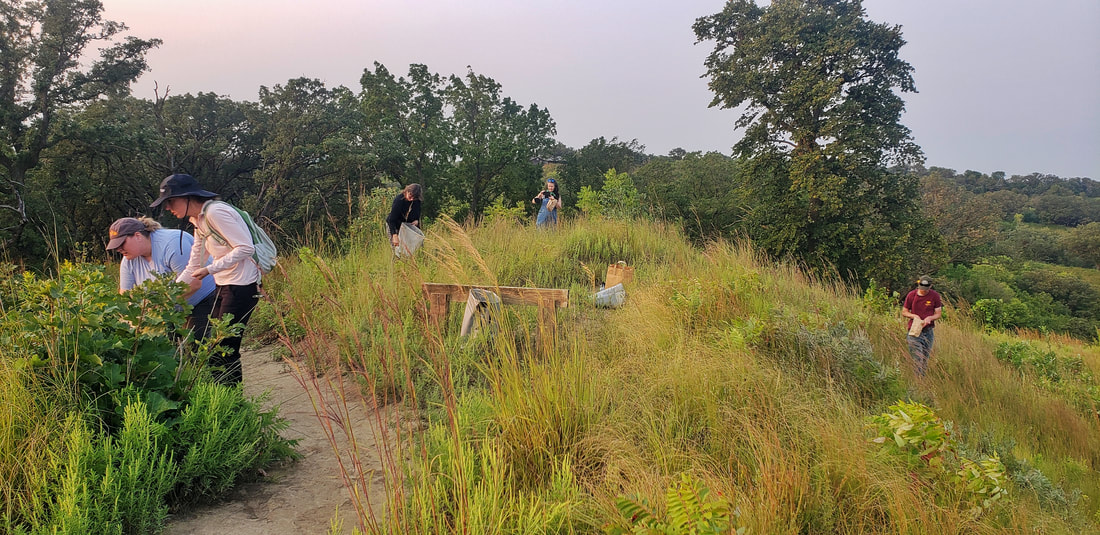
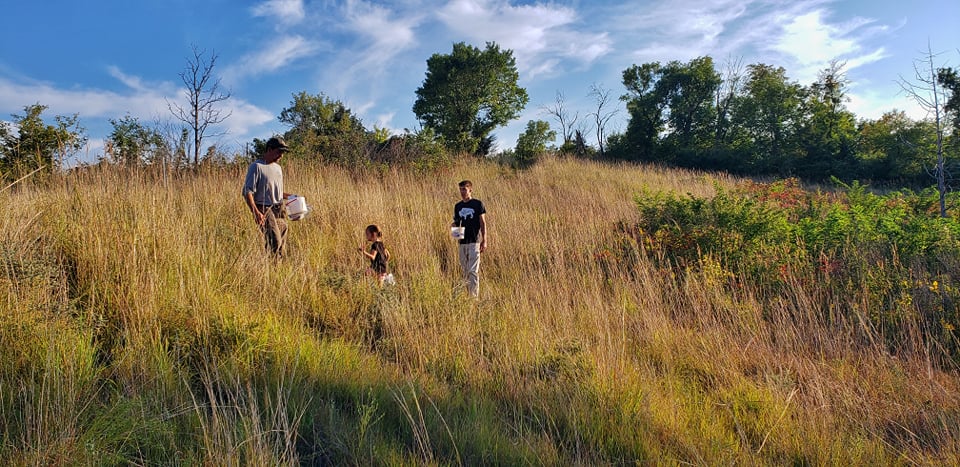
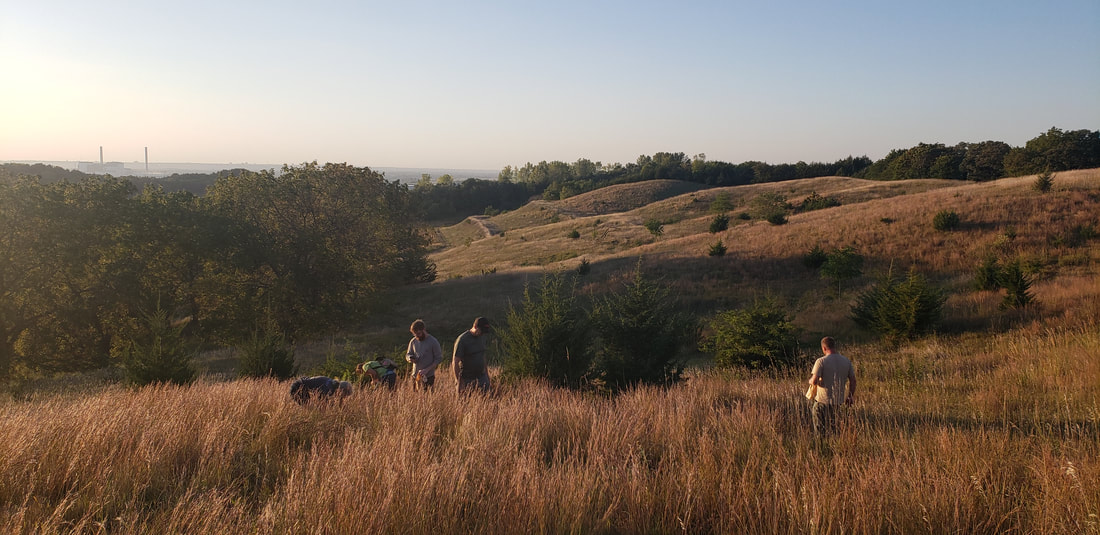
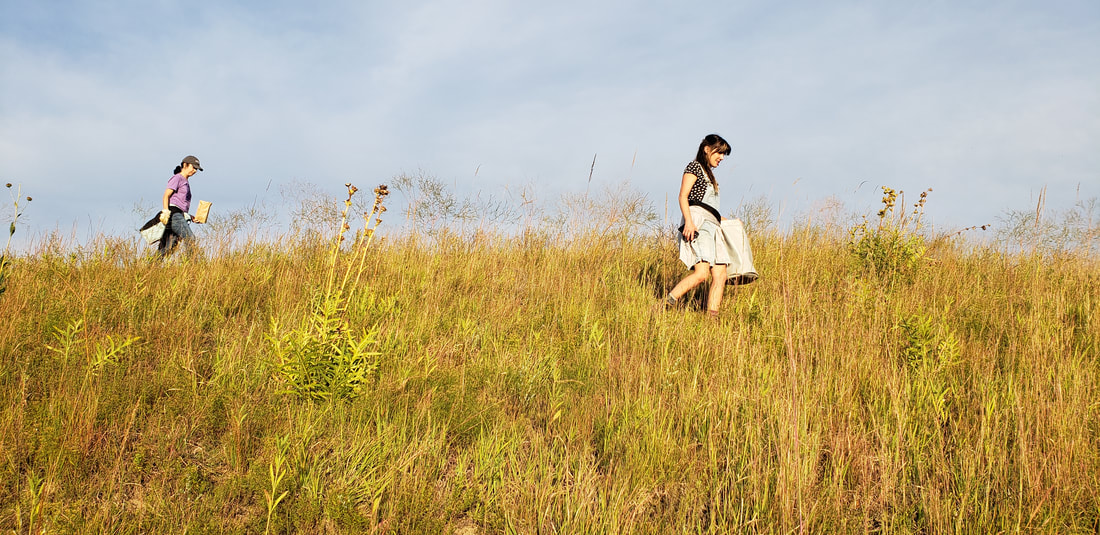
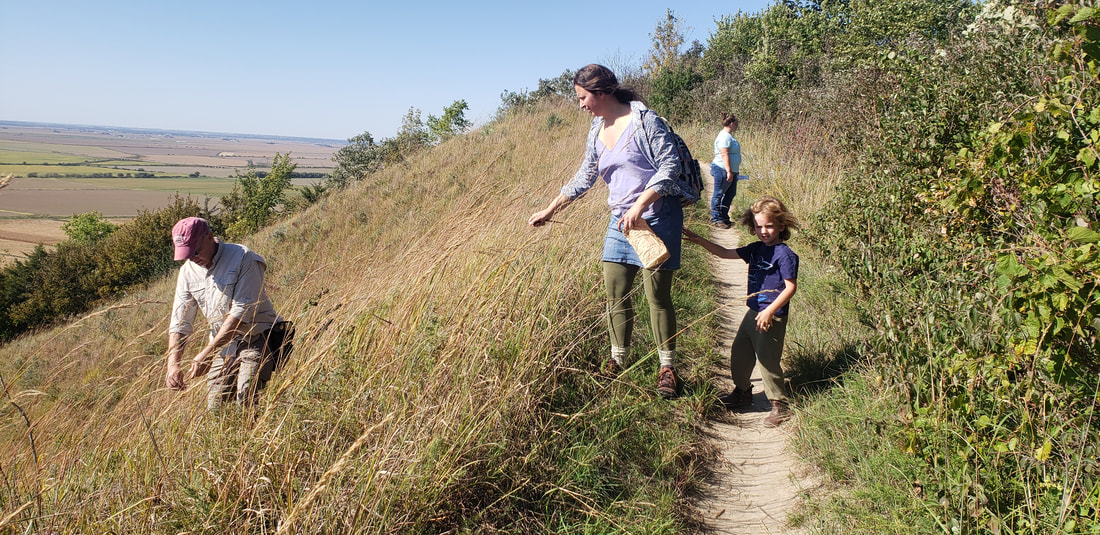
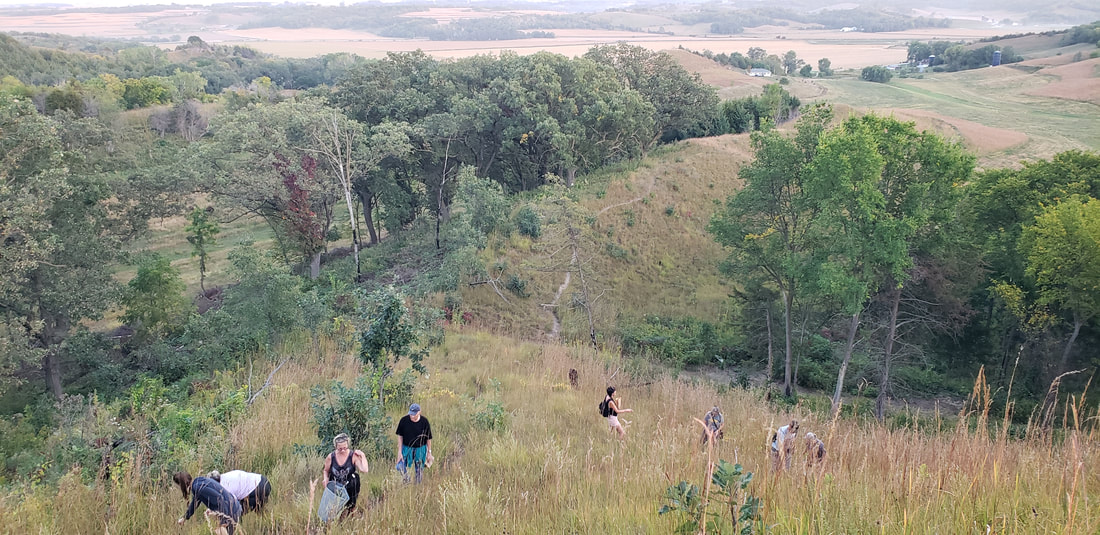
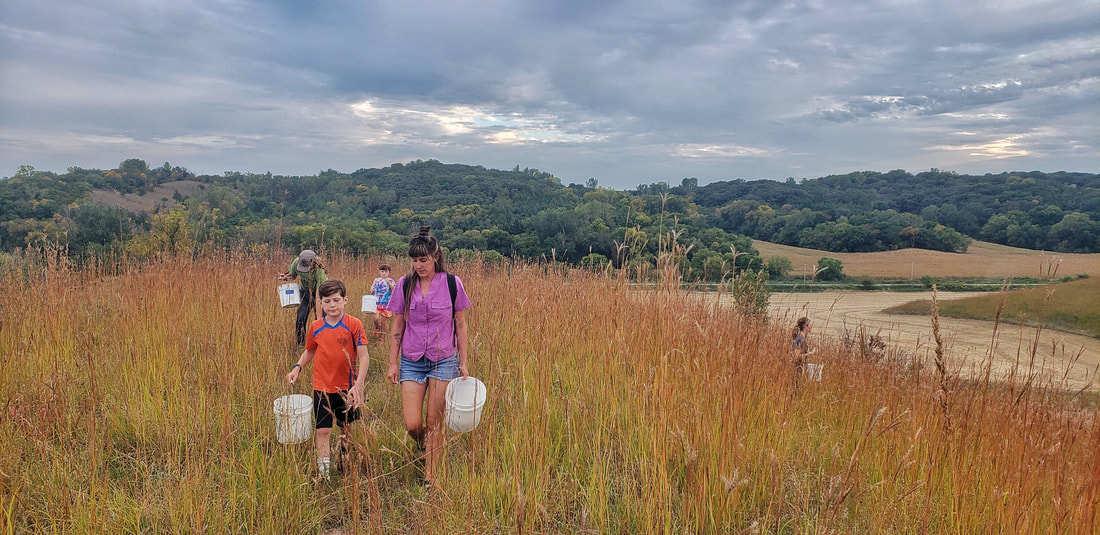
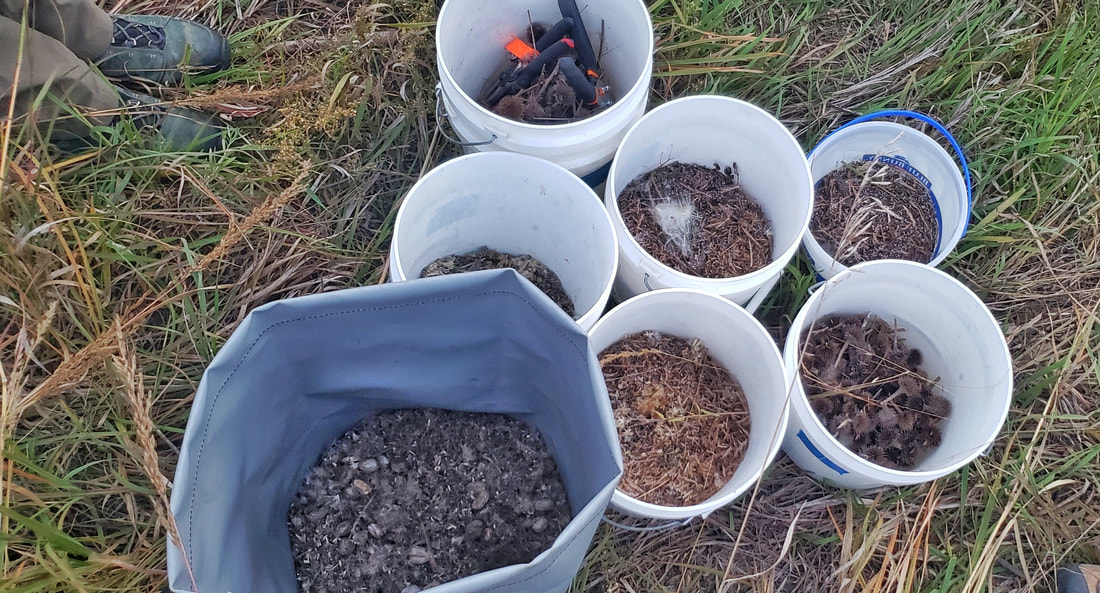
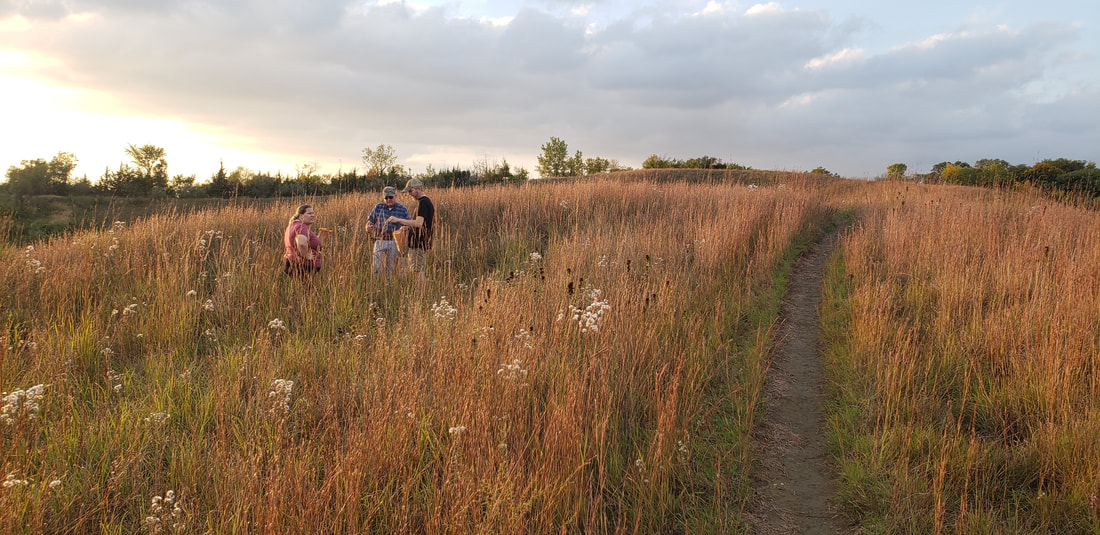
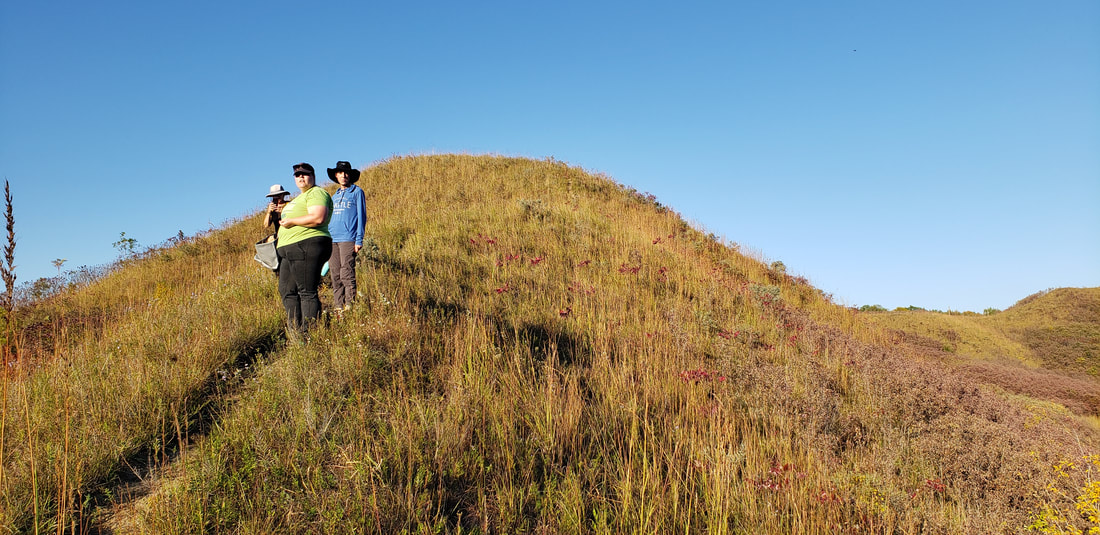
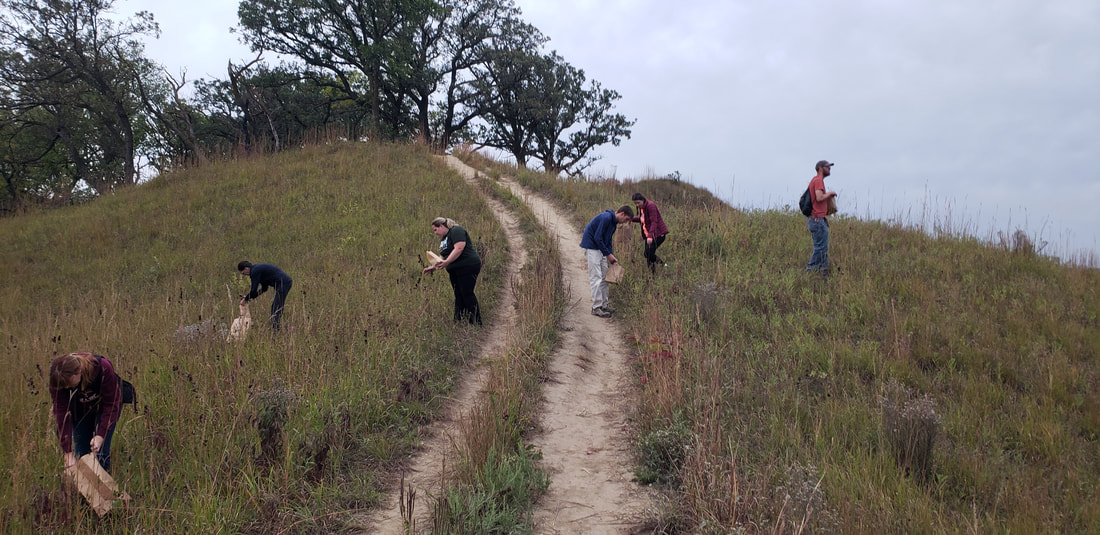
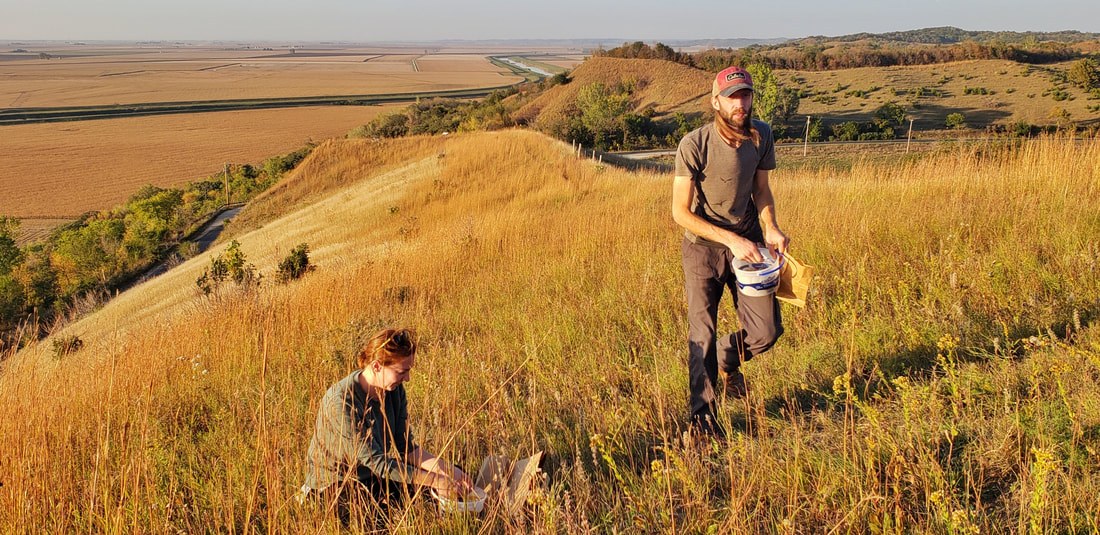
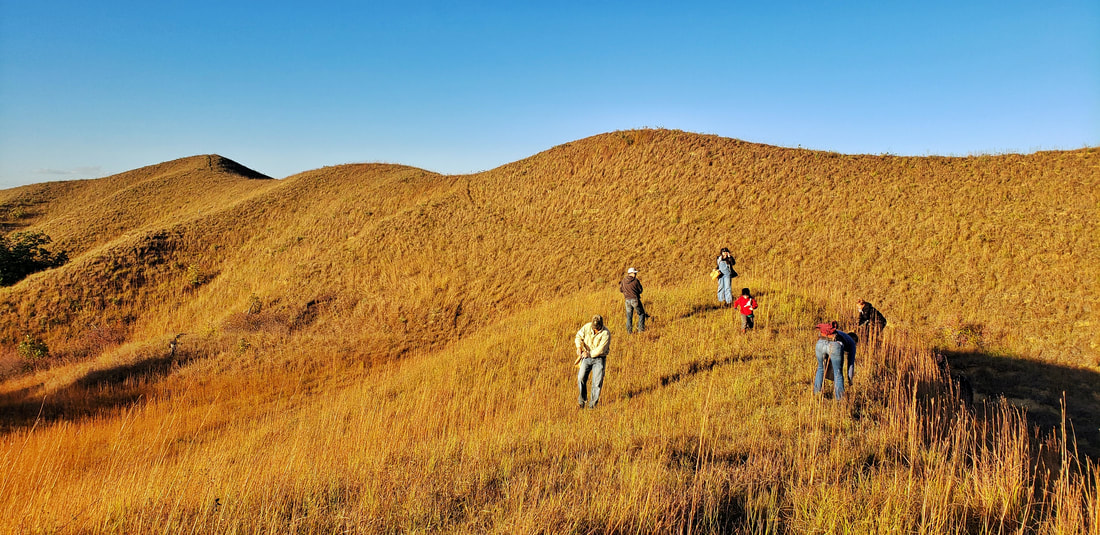
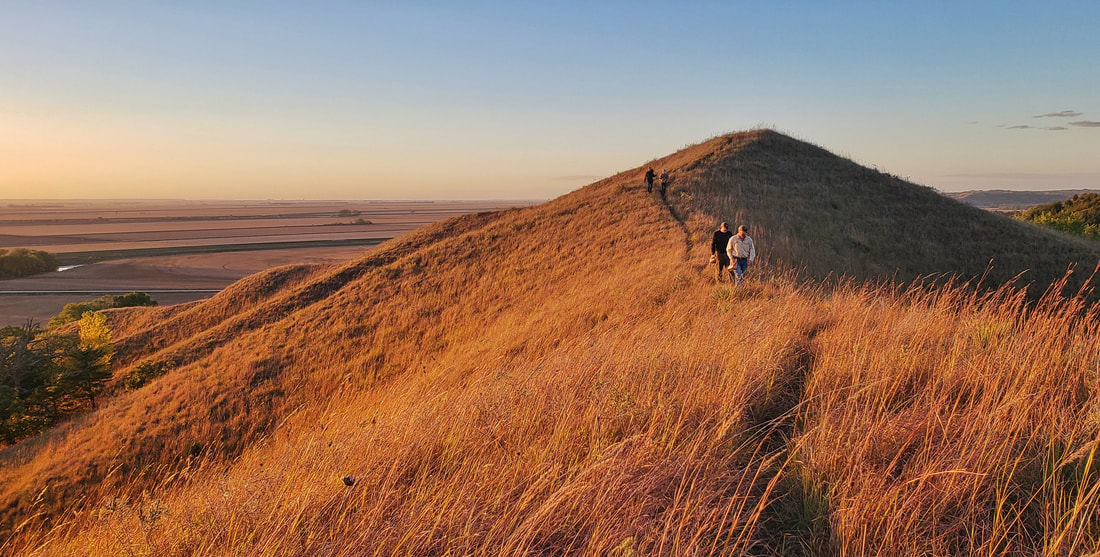
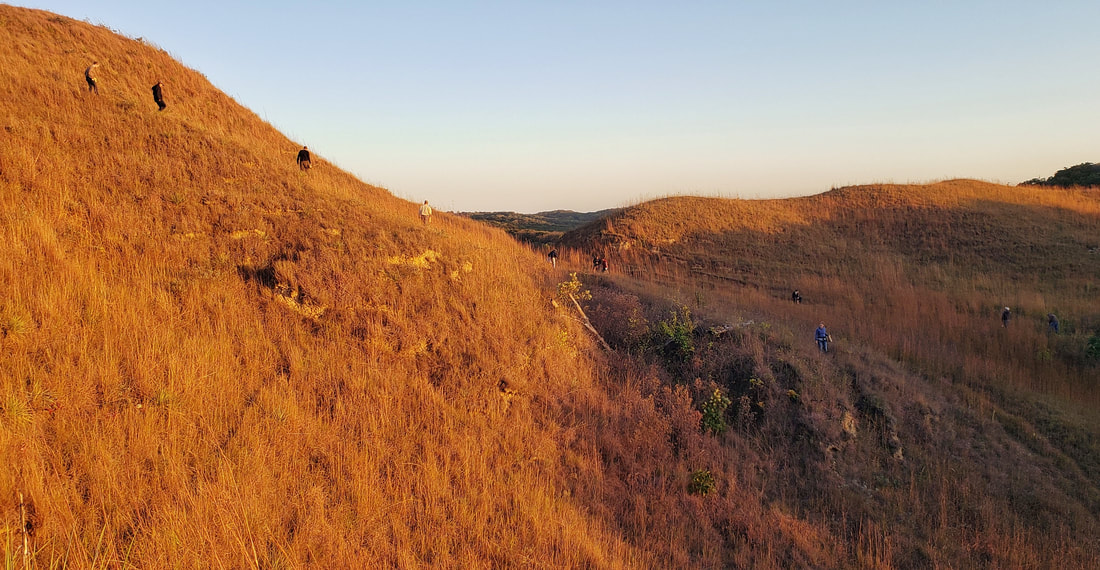
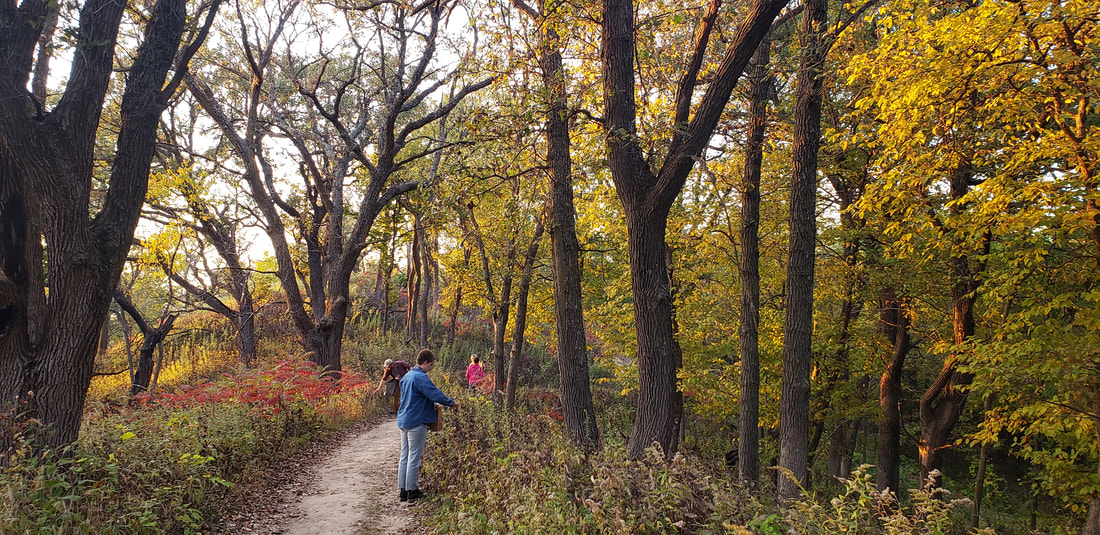
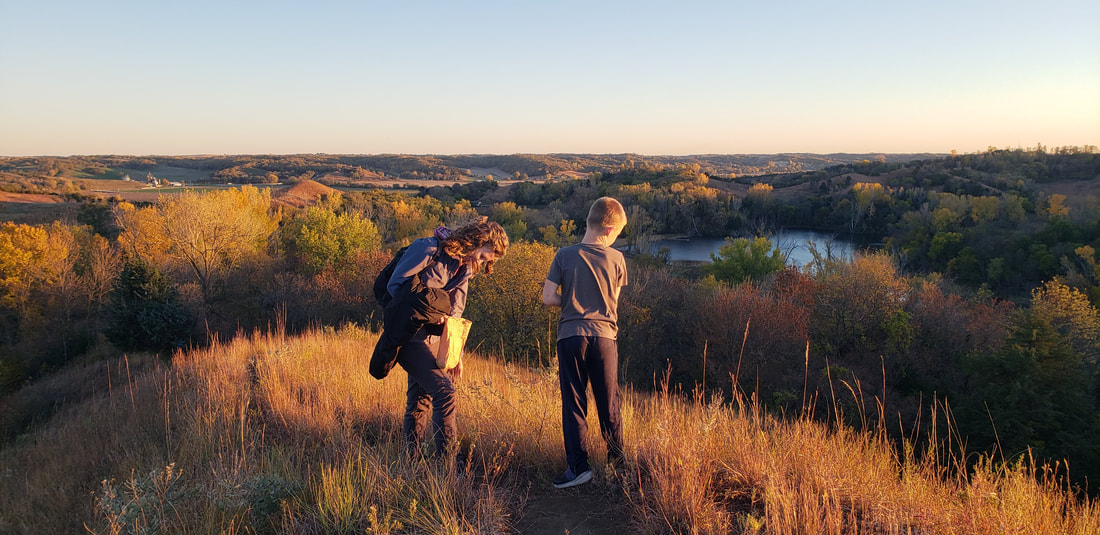
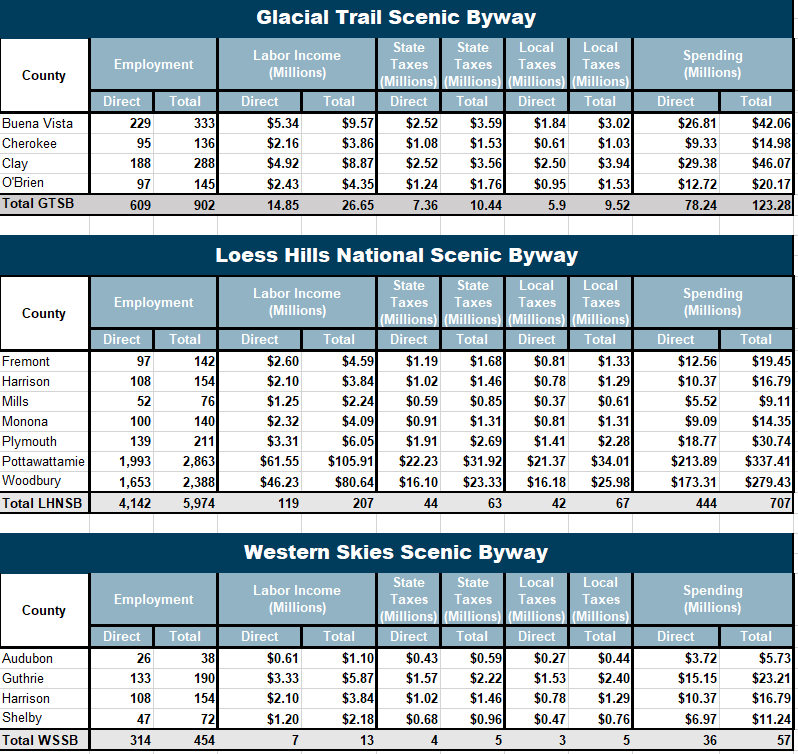
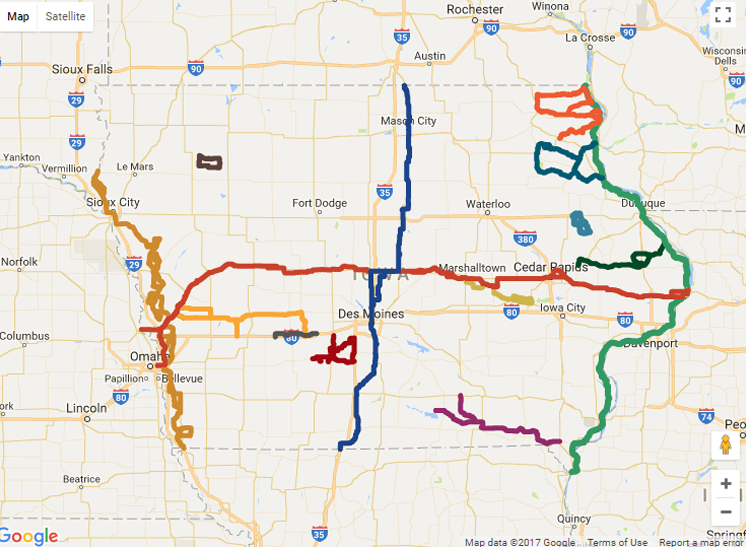
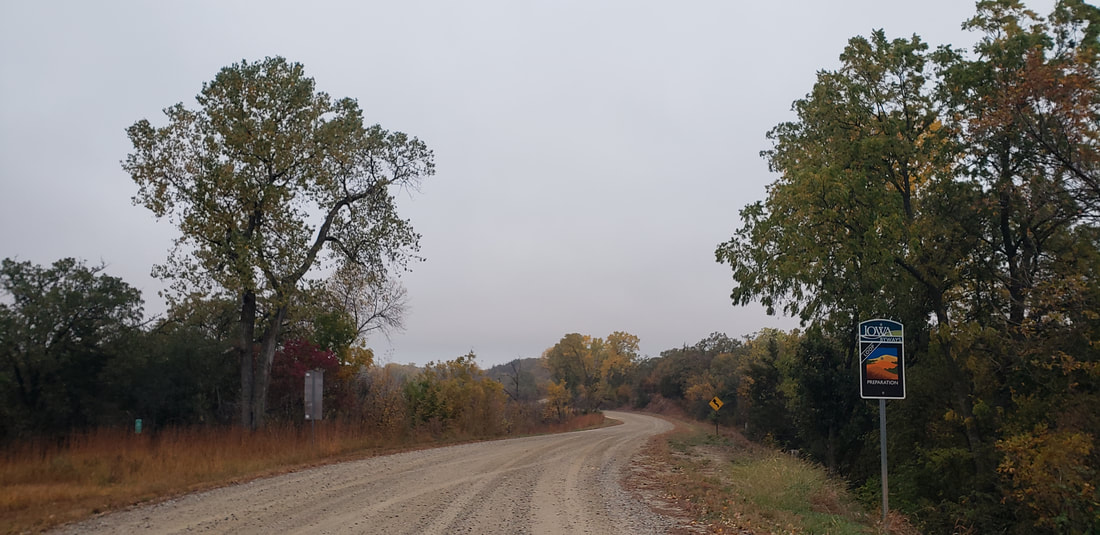
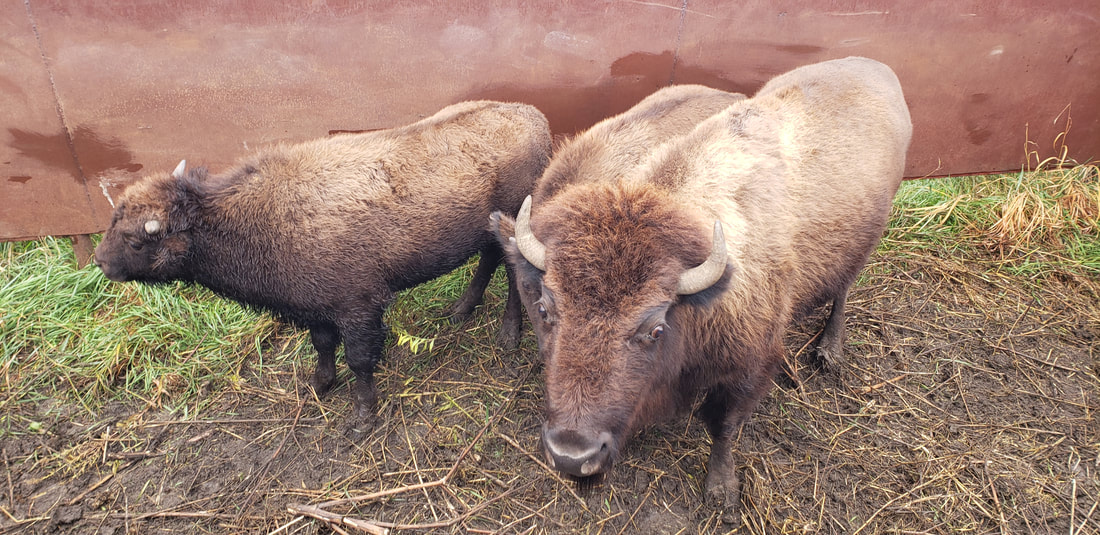
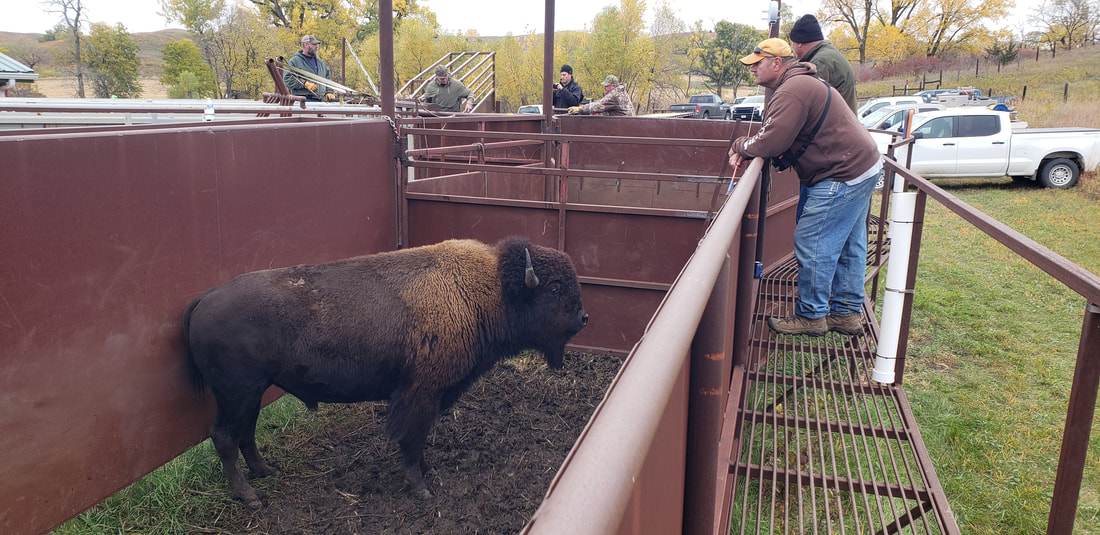
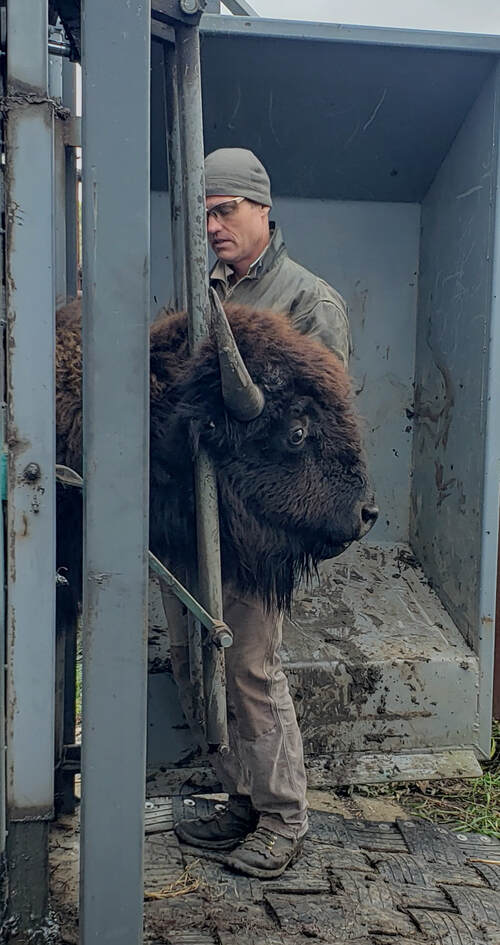
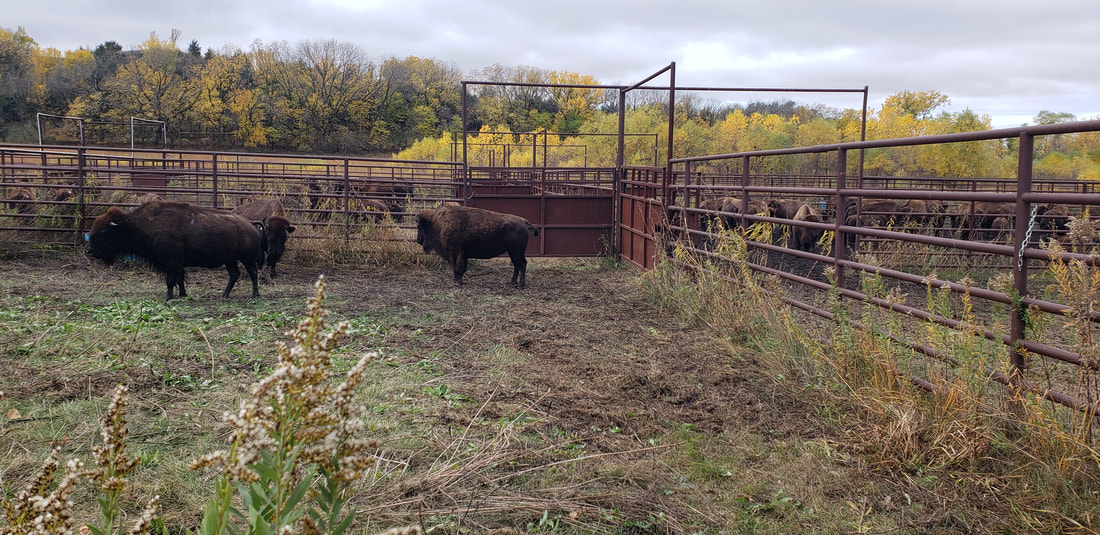
 RSS Feed
RSS Feed